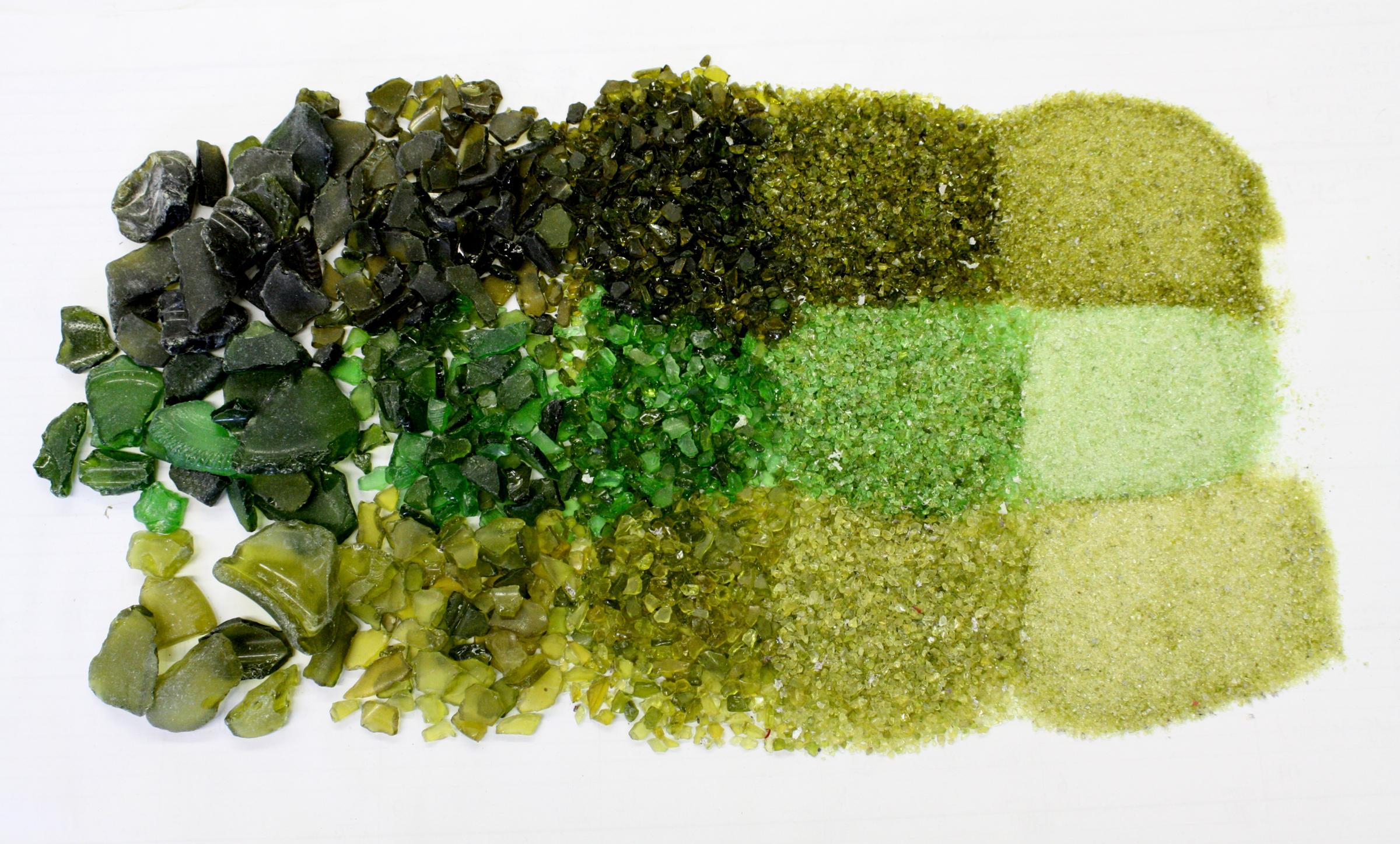In a world of toxic threats, learn why glass is the responsible choice to help protect your health and the environment for generations that follow.
Using recycled glass in glass production could save about 30 percent of the energy usually required when producing glass from raw materials. Energy is saved because crushed glass, called cullet, melts at a lower temperature than the raw material used to make glass.
Consumers recycle at least 7.5 percent of the total glass produced annually (11 millions tons). To increase the public’s awareness that glass can be recycled, at least nine states have begun funding programs to encourage the recycling of glass.
Over a ton of natural resources are conserved for every ton of glass recycled, including 1,300 pounds of sand, 410 pounds of soda ash, 380 pounds of limestone, and 160 pounds of feldspar.
For every six tons of recycled container glass used, a ton of carbon dioxide, a greenhouse gas, is reduced. A relative 10% increase in cullet reduces particulates by 8%, nitrogen oxide by 4%, and sulfur oxides by 10%.
The cost of transporting glass to a plant makes recycling no longer cost-effective. Another concern is the requirement to separate colors of glass, since a manufacturer of clear glass cannot use colored glass cullet.
Glass is worth the investment compared to using plastics:
Today’s glass containers are approximately 40% lighter than they were 30 years ago..efforts to reduce the weight of glass containers continue throughout the industry.
Glass packaging can handle vacuum or high-pressure sealing, safeguarding against moisture and oxygen invasions. This protects food and beverages from spoilage and bacteria.
Glass containers are impermeable, air-tight, and transparent. You can see the freshness of food and beverages.


Leave a Reply